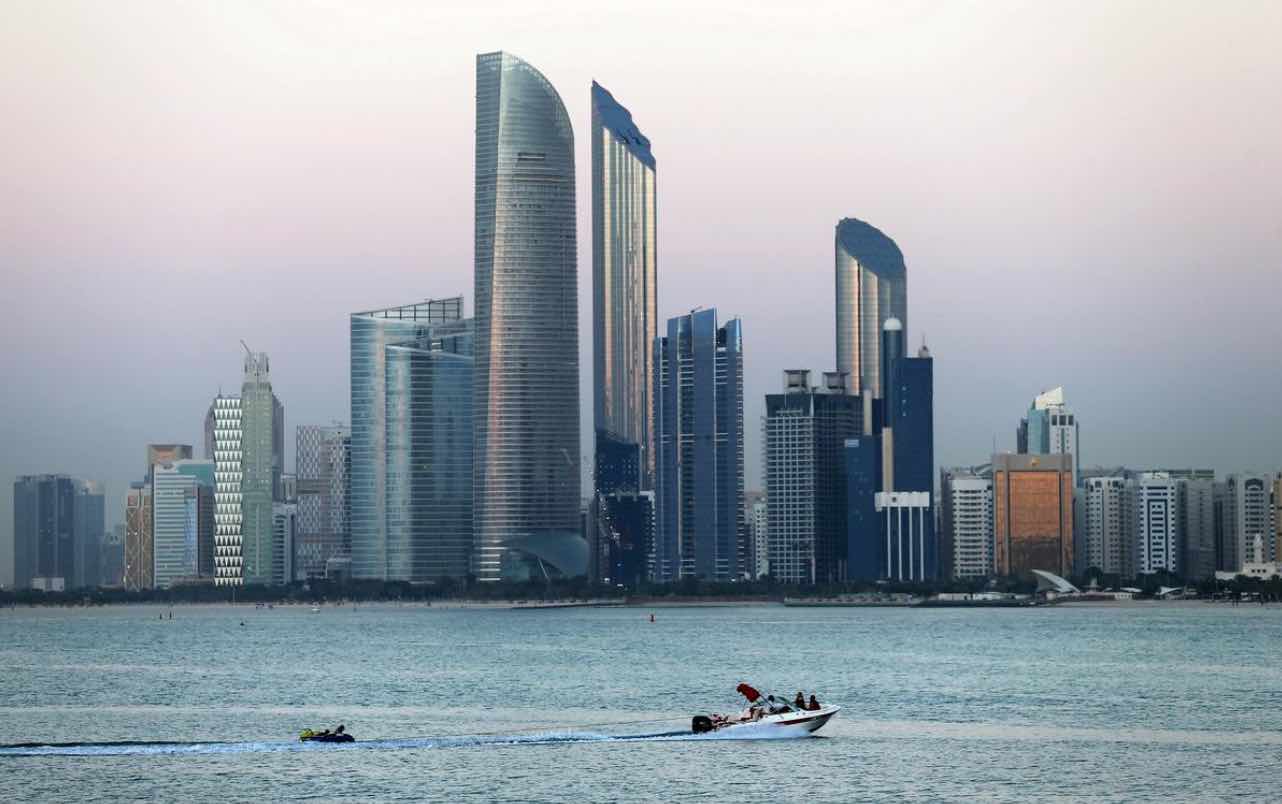The hybrid approach, as its name indicates, is a hybrid between the revivalist and progressive approaches. It first appeared in the early years of the twenty-first century in the UAE, Egypt, and Jordan, and promises to be the most balanced of all three approaches.
The approach combines passive strategies with efficient systems, learning from environmentally responsive principles of traditional architecture without excluding modern technologies.
Practitioners of the hybrid approach combine the use of passive cooling strategies restored by the revivalists, with the use of efficient cooling systems and materials to create a combination that has the highest potential to reduce energy use.
For example, in order to combine natural ventilation with the need for comfort year round, some have employed strategies such as mixed-mode ventilation which combines natural ventilation with mechanical cooling systems, as is the case in the new campus of the American University in Cairo and the campus of King Abdullah University for Science and Technology.
The Masdar City masterplan also includes architectural design guidelines which adopt a hybrid approach to energy efficiency, combining passive design features such as shading and thermal mass with district scale cooling systems to reduce energy loads.
Advocates of this approach also differ in their perception of the role of renewable energy.
Unlike the revivalists–who generally steer away from renewables–and the progressives–who often place renewables at the heart of their design strategies–the hybrid approach practitioners consider renewables as a last measure to reduce net energy consumption after they have exhausted the use of passive strategies and efficient cooling systems.
The emergence of the hybrid approach as a mature approach to energy efficient design in the Middle East is certainly a positive development. However, there are great challenges that must be overcome before it can become part of the region’s mainstream practice.
As one might expect, the region’s environmental challenges come at the top of this list.
Moderating indoor environments effectively in hot and dry climates requires a substantial reduction in heat and solar gains and an optimization of cooling. This often requires a combination of passive and active cooling strategies to achieve acceptable comfort levels, ultimately producing designs that are driven by these strategies.
Unfortunately, however, these designs are not always possible for programmatic or economical reasons–and often unwelcome by developers and occupiers. The challenges posed by the climate often lead to the design team abandoning its goals and ultimately resorting to the use of standard mechanical cooling system. Limited water resources also complicate the use of effective strategies such as evaporative cooling which rely on water to moderate air temperature.
In addition to these environmental challenges, there are also economic challenges to designing energy efficient buildings.
The additional building complexity as well as the need to adjust the construction industry’s standard practices can potentially result in increased first costs. As the industry streamlines its practices, adopts efficiency standards, and creates new supply chains for better building materials, it's expected that increased costs will diminish and be replaced with financial savings generated from reduced energy use.
The lack of economic incentives is particularly evident in the fact that most energy efficient buildings–completed or under construction–are not led by commercial developers. Instead they are almost exclusively led by government bodies or organizations such as universities, for whom financial return is not the only bottom line. As the industry adapts, we may start seeing more commercial entities engaged with energy efficient design.
Additional challenges are also posed by the lack of an encouraging regulatory environment in the region. However, this trend is in reverse as many governments are making efforts to provide incentives for energy efficiency measures and to make them commercially viable.
Examples of such efforts are commissioning pilot projects, introducing energy efficiency standards, and encouraging industry bodies to develop–or import and adapt–rating systems to benchmark green buildings. Some governments are also considering measures to encourage the use of on-site renewables by allowing individual building owners to sell energy back to the grid.
But not all challenges are external to the design process.
The different design approaches described earlier and the lack of region-specific knowledge among design professionals about how to design an energy efficient building have together created an atmosphere of uncertainty for designers which has prevented them from taking a leading role in the design process.
A recent interest in sustainable design among young professionals, together with the emergence of some training programs, indicate that this challenge is likely to be overcome in the near future.
While the challenges may appear great, the efforts taking place in the region indicate that it is moving in the right direction. As the region takes steps toward sustainable development, it is hoped that change will accelerate, ultimately creating cleaner and greener cities for more sustainable living.
The following article is part of Al-Masry Al-Youm's weekly "Environmental Voices" series, in which issues related to the environment–whether local, regional or international in nature–will be discussed from the point of view of environmental experts.
A version of this article first appeared in the October issue of the Dubai-based magazine, BuildGreen.




